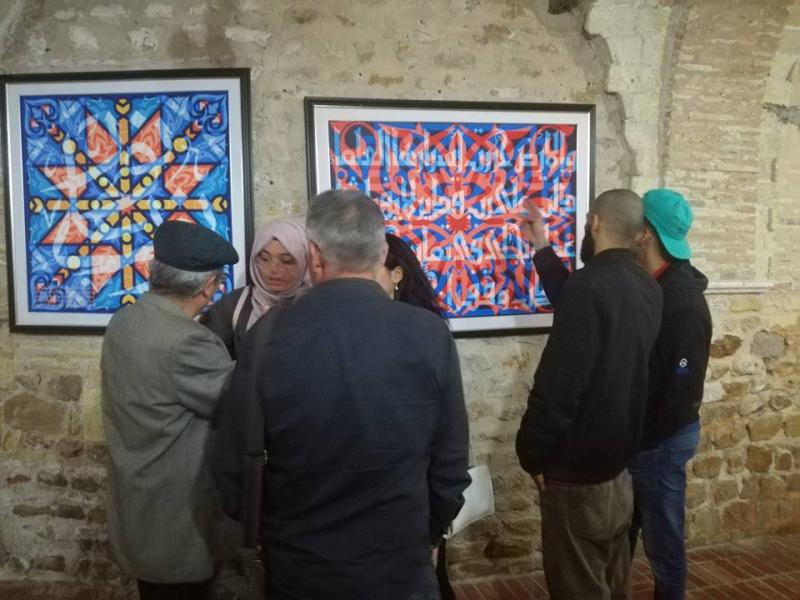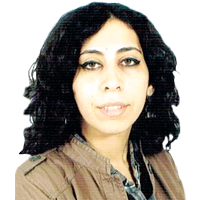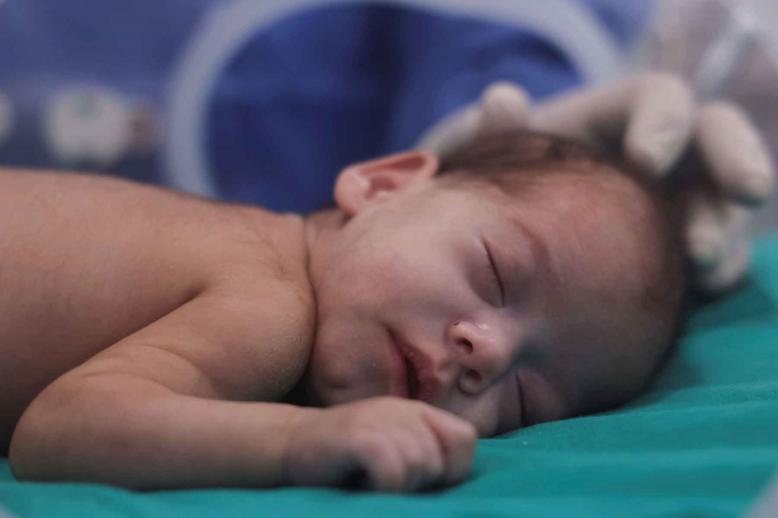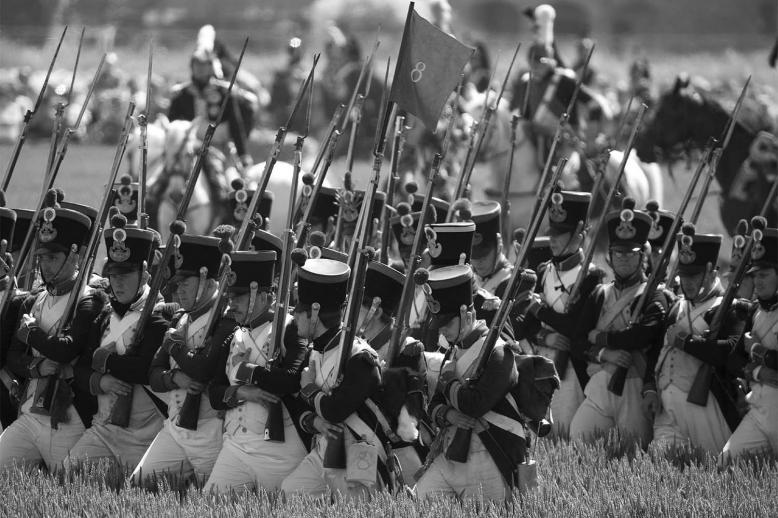Tunisian and Libyan artists ‘breaking the ice’ through culture project
Surrounded by painting-adorned stone walls, a 20-year-old woman stood in front of a painting explaining her techniques to the gallery’s visitors.
Takwa Barnosa, a visual artist, travelled from Libya to Tunis to take part in the exhibition “Dwaya,” organised under the framework of a new Tunisian-Libyan cultural project called “Breaking the Ice.”
While relations between Tunisians and Libyans have been tenuous since the 2011 uprisings, youth from both countries came together to launch a cultural initiative to promote the nations’ artists and strengthen cultural ties. The exhibition, held between May 5-8, was the second activity of the cultural project, which was launched May 4 with a concert in Tunis featuring musicians from Libya and Tunisia.
“Libyans and Tunisians worked on this project, which strives to break this wall between the two countries through art, and we found a great reaction from Tunisian and Libyan artists who expressed their eagerness to work on this. We called the project ‘Breaking the Ice’ to highlight the contradictions that exist in the relationship between Tunisians and Libyans,” said Henda Chennaoui, director of the project’s communications.
“Libyans and Tunisians have many similarities but don’t get along,” she added. “We are historically, politically and socially interconnected but the cultural image is different. Tunisians and Libyans share prejudice about each other. This issue cannot be explored in any other way than through art… Both Libyan and Tunisian artists played music on the same stage together and today they exhibit their work in the same space.”
The “Dwaya” exhibition featured Libyan artists Ahmed Barudi, Mohamed Kharubi, Radhuane Zanati, Barnosa and Achref Suissi, alongside the “Andalusiyat” exhibition by Tunisian artist Samira Khalfi.
Attracting a large number of attendees from both Tunisia and Libya, the exhibition succeeded in drawing attention to the role of art in bringing the countries together.
“We need such initiatives,” said Barnosa, who manages an art gallery in Tripoli. “Many Libyans live in Tunisia and visit all the time. I personally come here very often and it is very important to keep a good relationship.
“Here there is this image of Libyans being isolated and Tunisians don’t know much about us even though we are the country next door. It is important to create bridges between the countries. It is important to exchange with Tunisians and engage them,” said Barnosa, 20, who helped found Waraq Art Foundation.
Visual Artist Barudi stressed that cultural and artistic initiatives could help bridge the gap between different cultures. “This project expresses our vision of art being a medium to reinforce communication. I hope this strengthens communication between both people,” said Barudi.
The exhibition not only served as an opportunity for exchange between Tunisian and Libyan artists, but provided a platform for the latter to share their vision of art and reflect on the struggles facing artists.
“It is not easy but it is possible,” said Barnosa. “Now we are focusing on a new project of art in a public space, which is a huge challenge. The audience is not easy to control in public space and they don’t really appreciate art and there are different opinions as some people consider art dangerous, taboo, forbidden religiously. It is a slow process.”
She explained further: “Visual art is still much easier to exhibit in Libya and it is more present than theatre and cinema. Theatre is dead and there is no movie theatre that is open. The reasons it is important for artists to continue their work despite difficult conditions in Libya.
“The situation of art in Libya has been affected like all areas of life,” said Barudi. “… As artists, we should not let these circumstances affect us for we, those with essence, should continue to create and thrive.
“I will not give up on showcasing my work in my country. Before exhibiting my work abroad, I will try to do it first in Libya. Even if they closed the gallery, I will display it on the outer walls. If I don’t do this, then I would have admitted the defeat, which I cannot tolerate. My success and triumph should be inside Libya.”
Zanati, another participant, stressed that art can play a role in helping society recover from conflict.
“We need to rely on ourselves first,” said Zanati. “We are the ones building the country and society. The artist has the role of leading his society to evolve and have the culture develop which could be done only through art. We need to open up to the world and carry a message of peace.”
The recent exhibition is one of many activities aimed at shedding light on the artistic scene in Libya.
“I believe we reached our goals as youth from both countries found common ground beyond silly jokes of stereotypes and prejudice to interact and get to know each other,” said Azza Derbali, project manager. “I think we managed to build an artistic bridge.”
“And for once the exchange is not that of smuggling contraband or terrorism,” she added. “Libya, which still suffers from the remnants of dictatorship and the war, still has many young people resisting, which is but one story of many from an unknown Libya.”
This article was originally published in The Arab Weekly.







